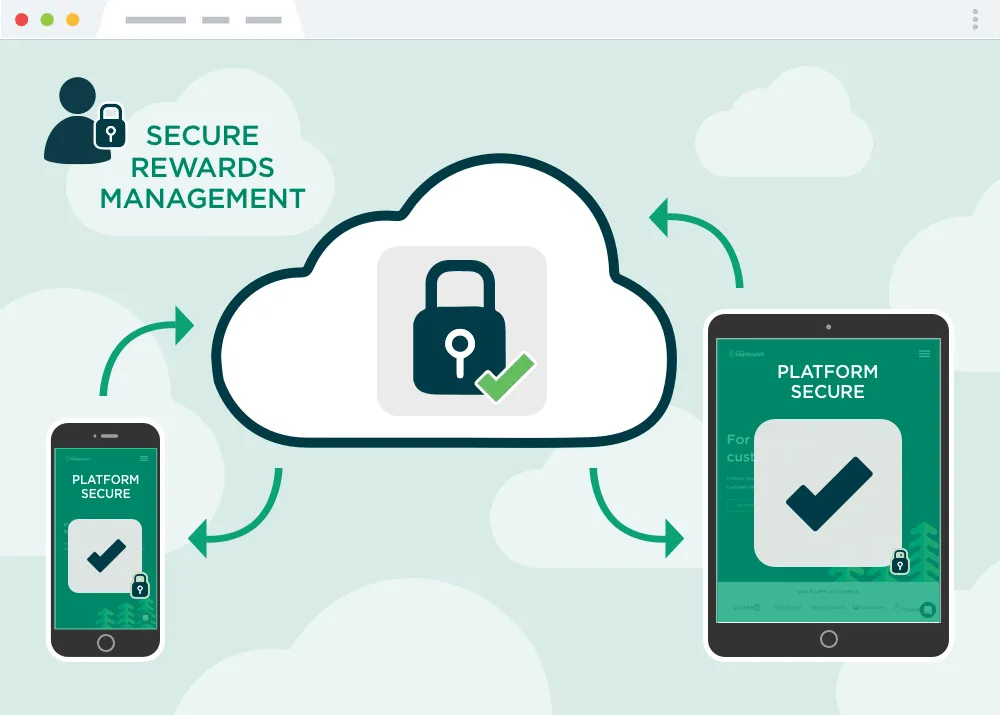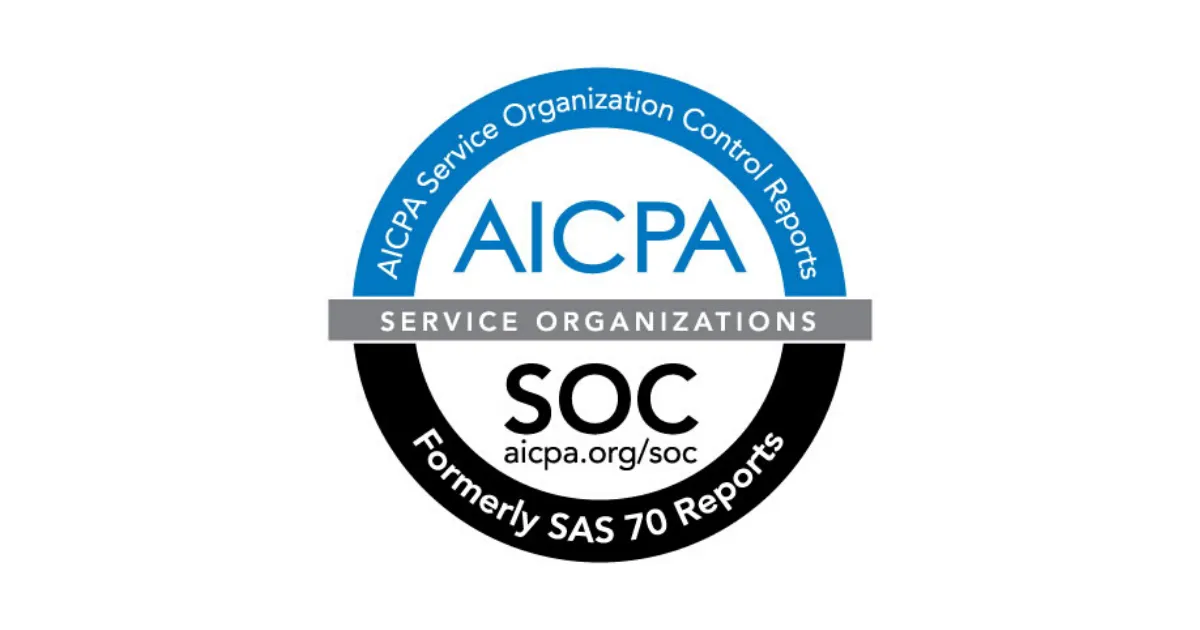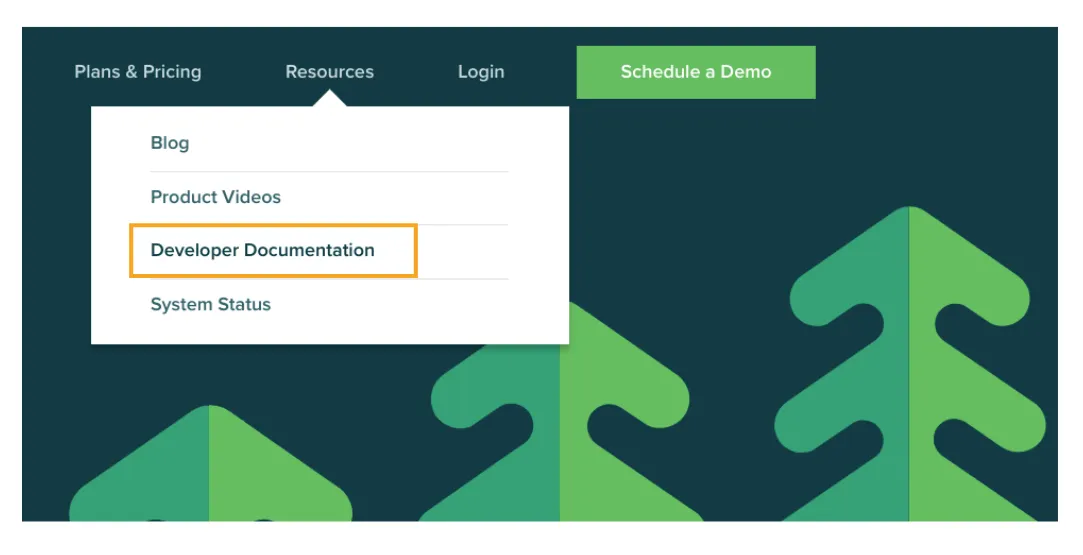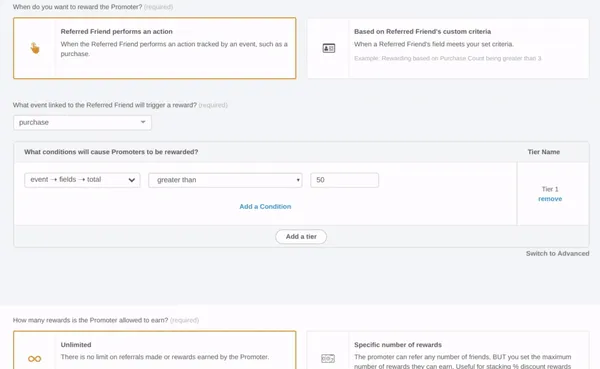What’s Wrong with the Referral Software Industry?
Picking a platform to power your referral program can be hard!
It’s partly because your business, technology and customer experience is unique and truly does require a special treatment.
However, it's also partly the fault of the referral software industry.
In this blog article, we will point out a few red flags you should look for when evaluating a referral vendor and how to navigate them for success.

1 - Providers making false security claims
More than 50% of companies in the US have been hacked. This has moved security from a simple procurement requirement to a top concern for many companies looking to run a customer referral program.
The referral software industry has taken note of this requirement, and many have attempted to satisfy it with nothing but fancy marketing tricks.
What are these “fancy marketing tricks”?
There is a small, but very important, detail that some referral vendors are trying to overlook. Just because a company uses vendors that are security certified, it does not mean that the referral vendor is certified by association.
For example, this passage is located on one referral software vendor’s website:
"ISO/IEC 27001 and SOC II Type 2 Certified through our third-party systems including: [...]"
While it’s true that all of this vendor’s external vendors (ie. Microsoft, SendGrid) are security certified, you do not become certified just because the tools you use are certified. At the highest level, you need to create a wide range of internal controls and policies, document and prove that you follow these controls and then be audited by an accredited 3rd party audit firm.
*It’s possible that this vendor’s team has made a mistake in the documentation and they do hold the stated certification. However, the tactic discussed is used regularly by a variety of platforms.

What to look for instead:
If a referral software vendor is stating they are security certified, they should be able to provide you with their own security certification report or auditor attestation.
The two most respected security certifications a referral software platform is likely to earn are SOC 2 and ISO 27001. At this time we’re only aware of one platform with an independent ISO 27001 certification, and as of September 2020, SaaSquatch is proud to be fully SOC 2 Type II certified.
2 - Hidden documentation
Referral software platforms that don’t readily share their documentation are hiding something.
The most trustworthy referral platforms make their documentation easy to find from their homepage.
Documentation should be a key consideration when considering any tool, platform or solution. It lets you see how the system actually works, understand in detail what the integration will be like, and generally assess the quality of the product.
In 2021, product documentation should not be something hidden behind customer logins or available only to people who have signed an NDA. Public documentation is the standard for many, if not all, modern technology companies including Stripe, Shopify and Salesforce.
Any platform that makes it difficult for customers, both new and existing, to find their documentation is likely hiding their:
- Lack of documentation
- Low-quality documentation
- Lack of platform functionality
- “Trade Secrets” from other vendors
It’s entirely possible that a vendor believes that keeping their documentation secret means getting a leg up on their competitors. While this has been proven wrong by almost every modern tech company and the exact opposite is true, you can make the choice as to which side you fall on:
A) Having full confidence in knowing that what you’re buying actually works
B) Having the documentation hidden from you until you sign a series of legal docs, and potentially needing to break the contract once you actually see the docs. (we see this happen more than you would believe)
What to look for instead:
Go to a vendor's homepage and search for the words “documentation”, “knowledge” or “support”. If you don’t find any links to their documentation you can assume they’re hiding something.
Alternatively, you can Google “[vendor name] documentation” and see what comes up. However, even needing to do this is a bad sign in our view as you will likely be finding a page they meant to hide.

3 - Pretty widgets with no technology substance
The look and feel of your customer referral program is a key component of its success, and is often the first thing marketers focus on. This is important, given that without a seamless and straightforward user experience, your program results will suffer.
However, just because a vendor shows you a good-looking end-user experience doesn’t mean the rest of the system will meet your company’s requirements. Customer referral program software is about more than just the use widget (or at least it should be).
We regularly see companies get excited by visually-appealing front end experiences and fancy sales and marketing tactics only to become very disappointed as they look at the remainder of the system.
The customer widget is just the tip of the iceberg, and honestly, the easiest part to build yourself if you want to (and is possible on the SaaSquatch platform for our more design-particular customers).
The goal of customer referral software should be to integrate, automate, and optimize your customer referral program - not to publish a really pretty popup that then creates a ton of work for you and your team to manage.
How to avoid this problem:
Have your business operations and technical teams involved in the evaluation process early on. Specifically, think about including:
- Product Management - They may want to consider how this will integrate inside your product and if they have other objectives like customer activation and user testimonials that they want a rewards system to support.
- Technology Supervisors - They will likely want to know all about the APIs, Webhooks and technical power that is, or isn’t available for them to use. It’s common for people to try to save their dev team time, but not inviting them to at least one call will ultimately cost you and them a lot more time and frustration.
- Security Team - If you have a security officer or other security responsible team member, get them involved early. As good referral programs integrate right inside your customer experience and hold some customer data, you want to get security involved early so they can help you review only qualified vendors.
- Business Operations / Finance - At the end of the day your program has to work with and for your business. Business Operations and Finance will have real questions about how the program will work, who else in the organization is going to be required to run it and what the costs vs. returns will be.
Including your other stakeholders early will ultimately save you and your team large amounts of time. At SaaSquatch we’re excited to see team engagement and because we work with so many stakeholders on a daily basis, we likely have the answers and tools needed to answer their questions.
Remember, the number one reason companies don’t launch a referral program is due to the internal decision-making process and a strong vendor can help you navigate it.

4 - Cookie cutter referral campaign logic
We’ve seen a lack of flexibility when it comes to referral campaign creation and the degree to which providers are willing and able to understand your unique needs.
This comes from referral providers focusing too heavily on the campaign itself and not the relationship you are trying to build with your users.
At the core, referral and loyalty programs are about engaging your customers in ways that promote increased revenue and positive opinions about your brand. Your users are unique and won’t respond well to the “way it’s always been done”.
What ends up happening is you sign a contract promising a unique campaign to help you stand out from the competition, only to be provided with a cookie-cutter template and a limited set of options to choose from.
This often comes from a mismatch of your industry and the platform you’re reviewing. Almost all referral platforms were built for e-stores (think putting an item in the shopping cart and checking out anonymously). This is great if you’re an e-store, but if you’re a subscription service, marketplace, app or really any business but an e-store, you’ve got unique flexibility needs that these systems can’t handle.
Don’t settle for the campaign you don’t fully believe will work, or slash your goals in hopes that the company will grow later or be able to accommodate you down the road with promises of an elaborate product roadmap.
What to look for instead:
Look for variety and examples, and a team that is willing to actually work with you to build something that matches your brand.
Questions you should ask include:
- Can they provide you with a custom user experience or simply rebrand the same widget everyone else has?
- Can you build programs based on your unique user journey, business requirements and technology?
- Can they adapt their programs to meet your needs on request, or will you need to just “work with what they’ve got”?
- Can the programs keep your users informed as to the progress of their referrals?
- How many things can you really test without needing to go back to your developers?

Don’t let your referral vendor try and fit you into a box.
Many customers come to SaaSquatch with unique needs that can’t be supported by another provider, or because they outgrew someone else.
We don’t believe in fitting your unique business needs into pre-existing moulds. This is why we have expanded our program capabilities to offer tiered rewards, conditional settings (pictured above), multi-step journeys, and will step up to handle whatever else you can think of.
Now what?
While choosing a referral software vendor can be hard, we're here to help you navigate the process with expertise and transparency.
When it comes to your referral and loyalty programs, you'll only get the best results if your brand and customer needs are put first. Be diligent with your software evaluation to minimize the risk of having to deal with breaking a contract down the road.
Got more questions for us? Ask away!